(日本語は後半にあります)
【English】
The National Diet Library is a library that belongs to the National Diet of Japan. It serves as a research and reference facility for Japan’s legislators and also as a public library for the Japanese people. Additionally, under the legal deposit system, it is the only library in Japan that collects and preserves all publications published within the country.
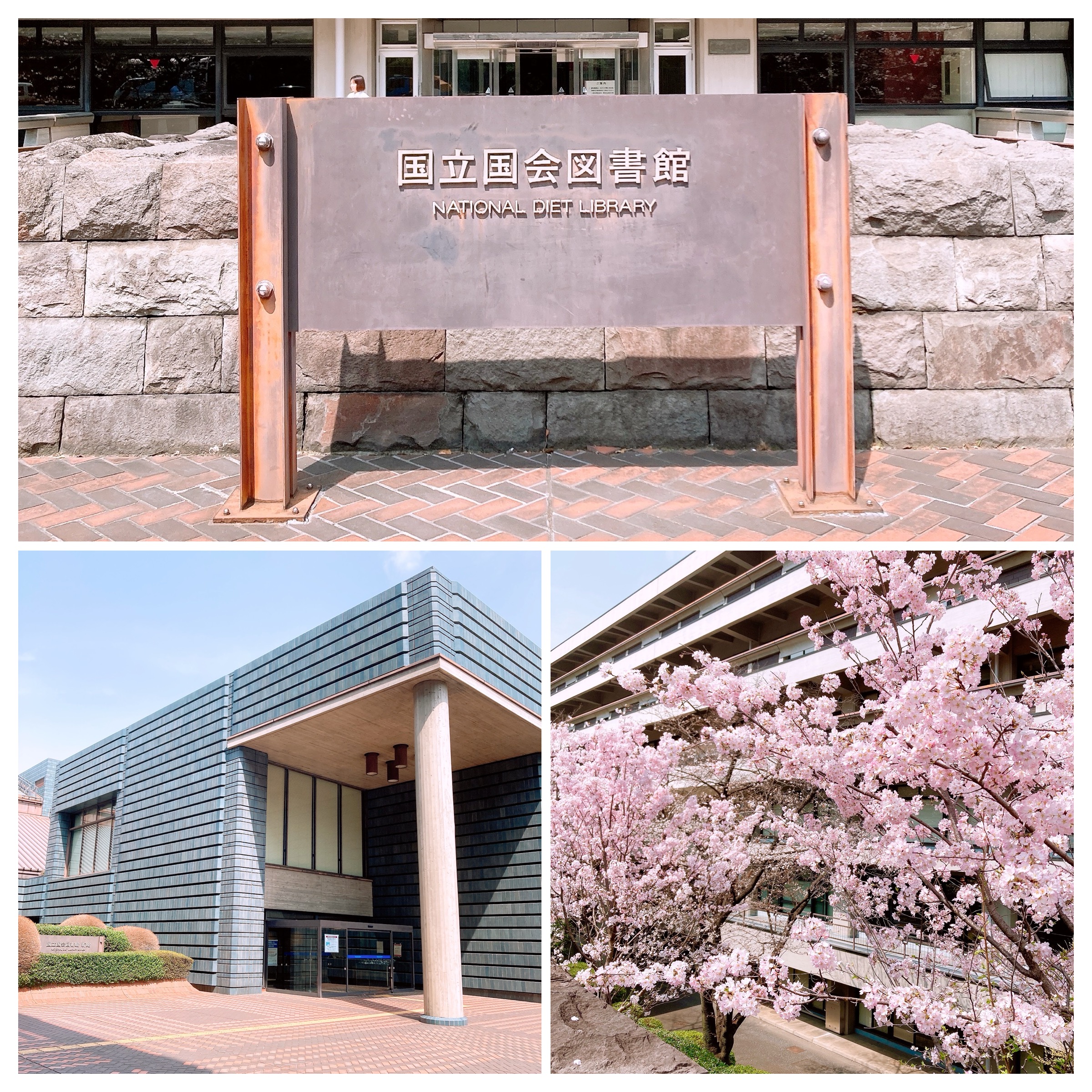
The purpose of my visit here was to search for past information that I could not find on the internet. Unfortunately, photography was prohibited inside the library, so this post will only contain photos of the exterior and surrounding areas, along with text. I appreciate your understanding.
The library is about a 10-minute walk from "Kokkai-gijidomae" Station on the Tokyo Metro Chiyoda Line. Upon exiting the ticket gate and coming up to ground level, I was met with a landscape of towering buildings—a scene that truly embodied the heart of Tokyo.
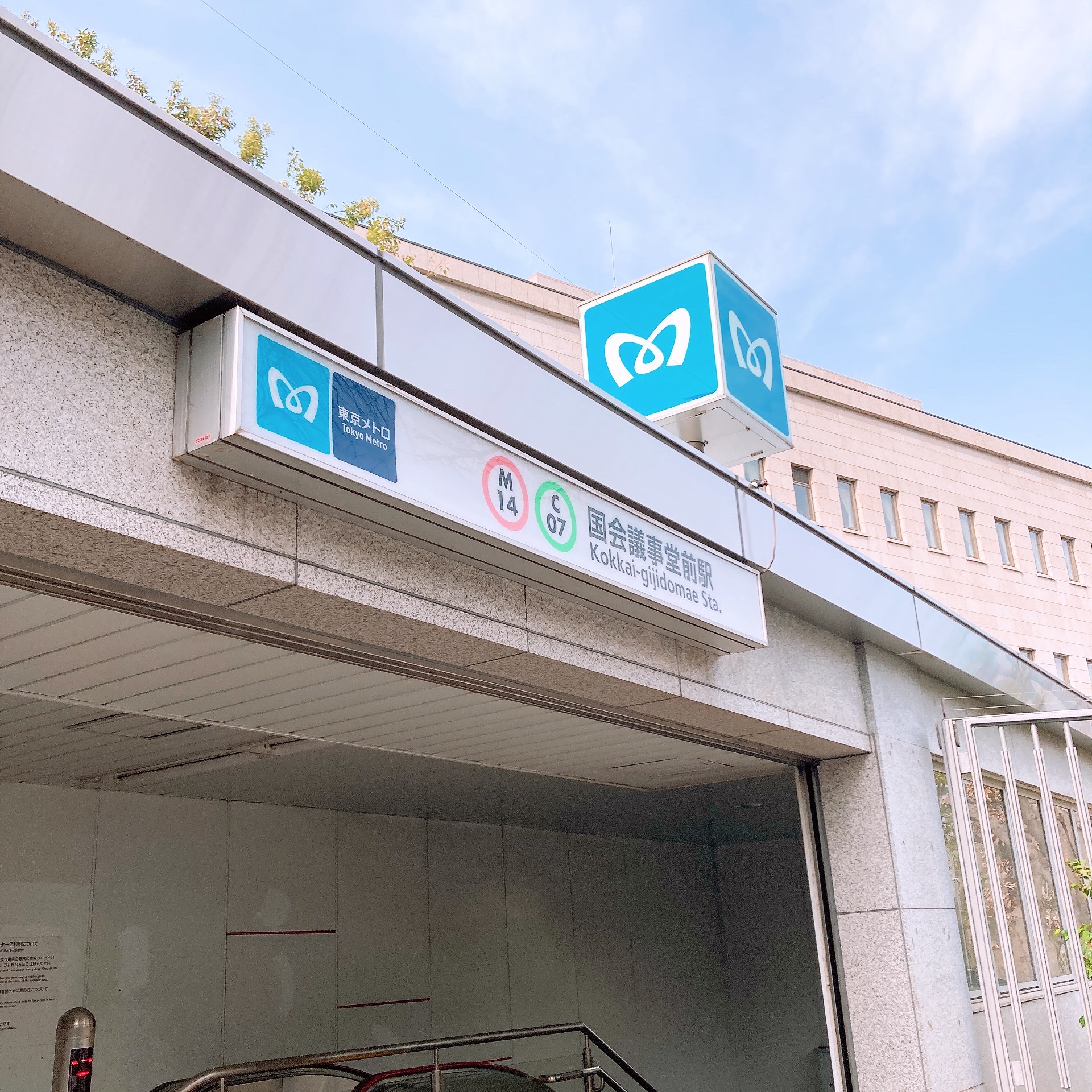
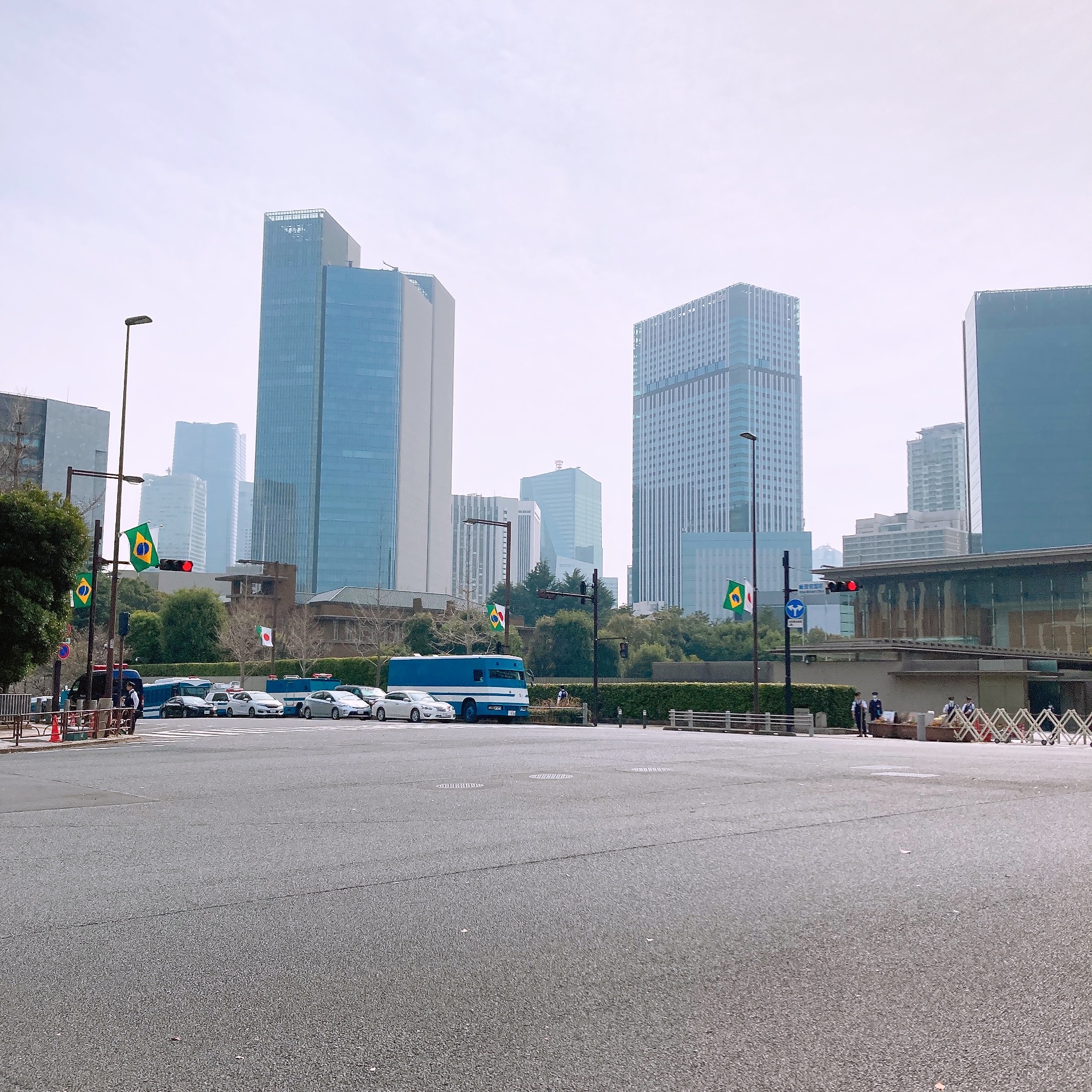
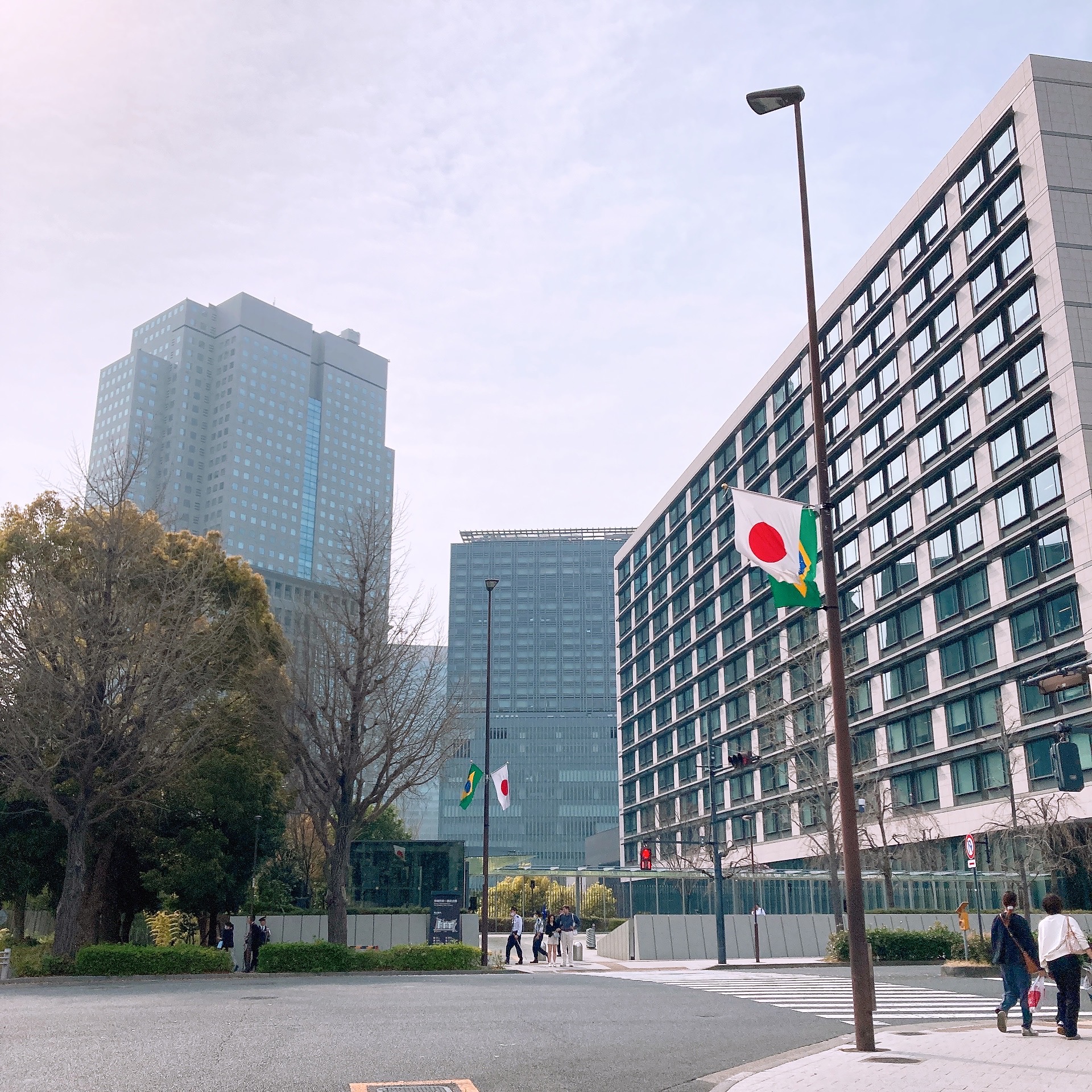
The library is located near an intersection. The cherry blossoms near the entrance were already in full bloom.
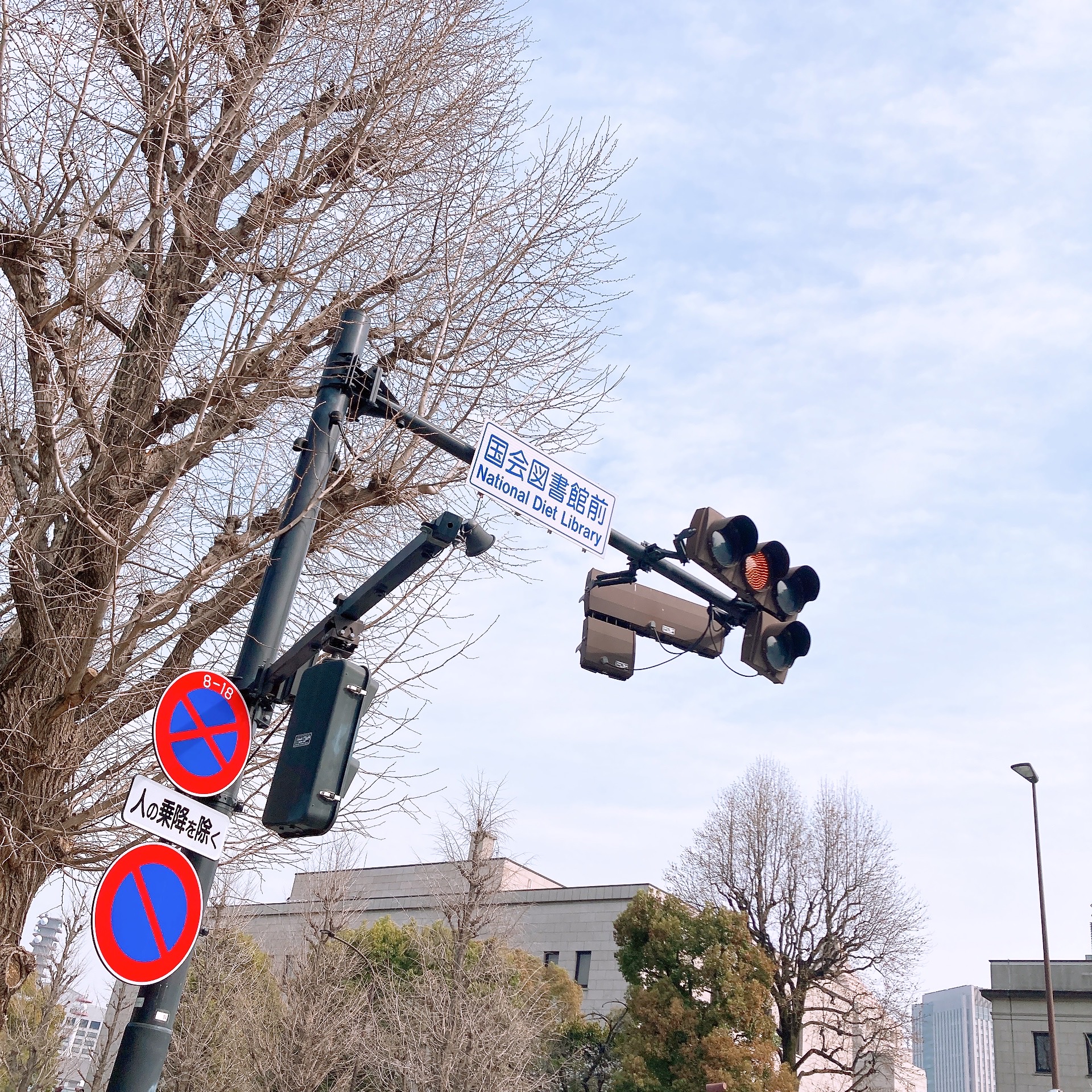

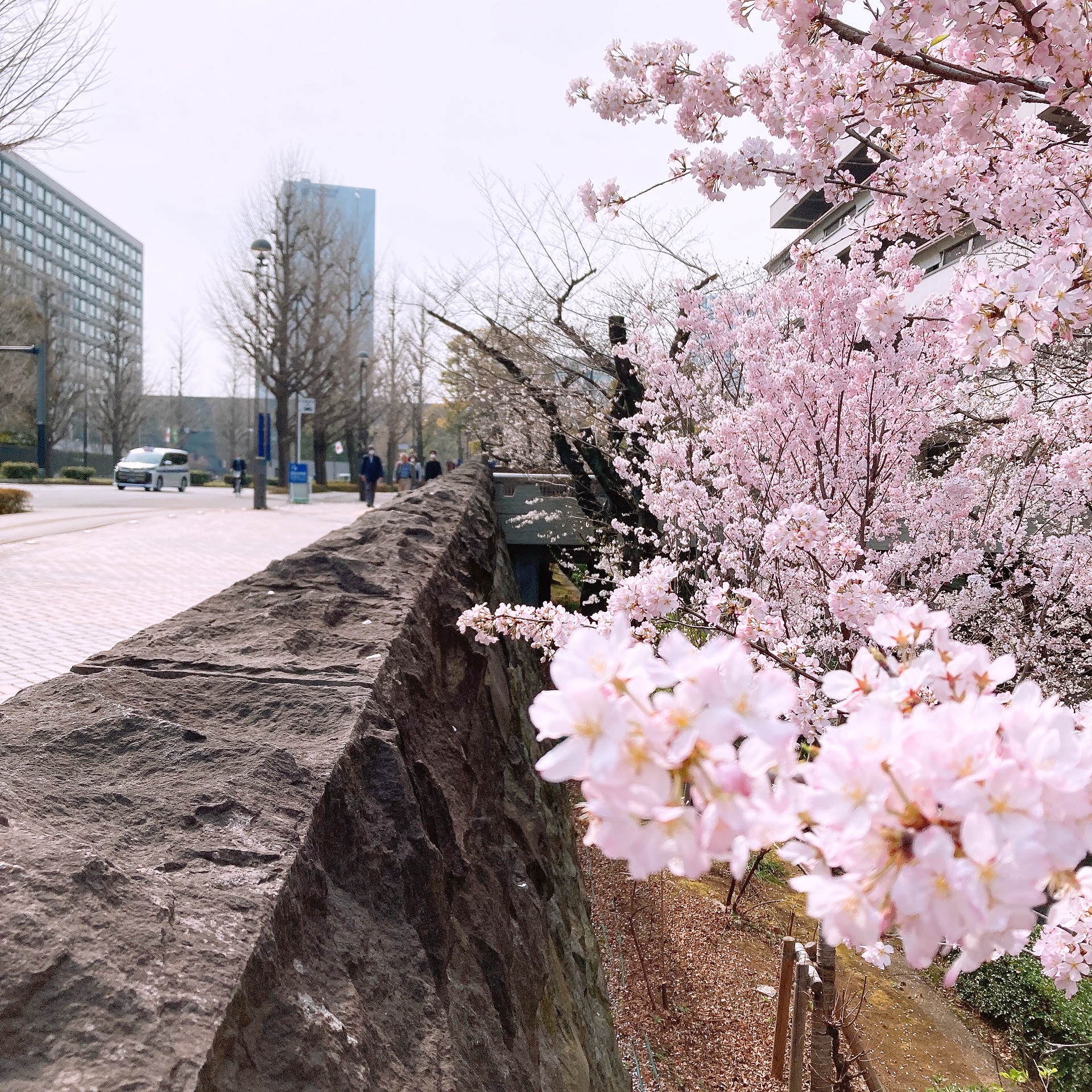
Now, I had assumed that anyone could enter the building freely, but it turns out that even entering requires user registration. The library consists of the Main Building and the New Building, and first-time visitors must first register as users at the New Building. I, too, presented my identification (driver’s license) and completed the registration process. It took about 20 minutes from filling out the application form to receiving my user card.
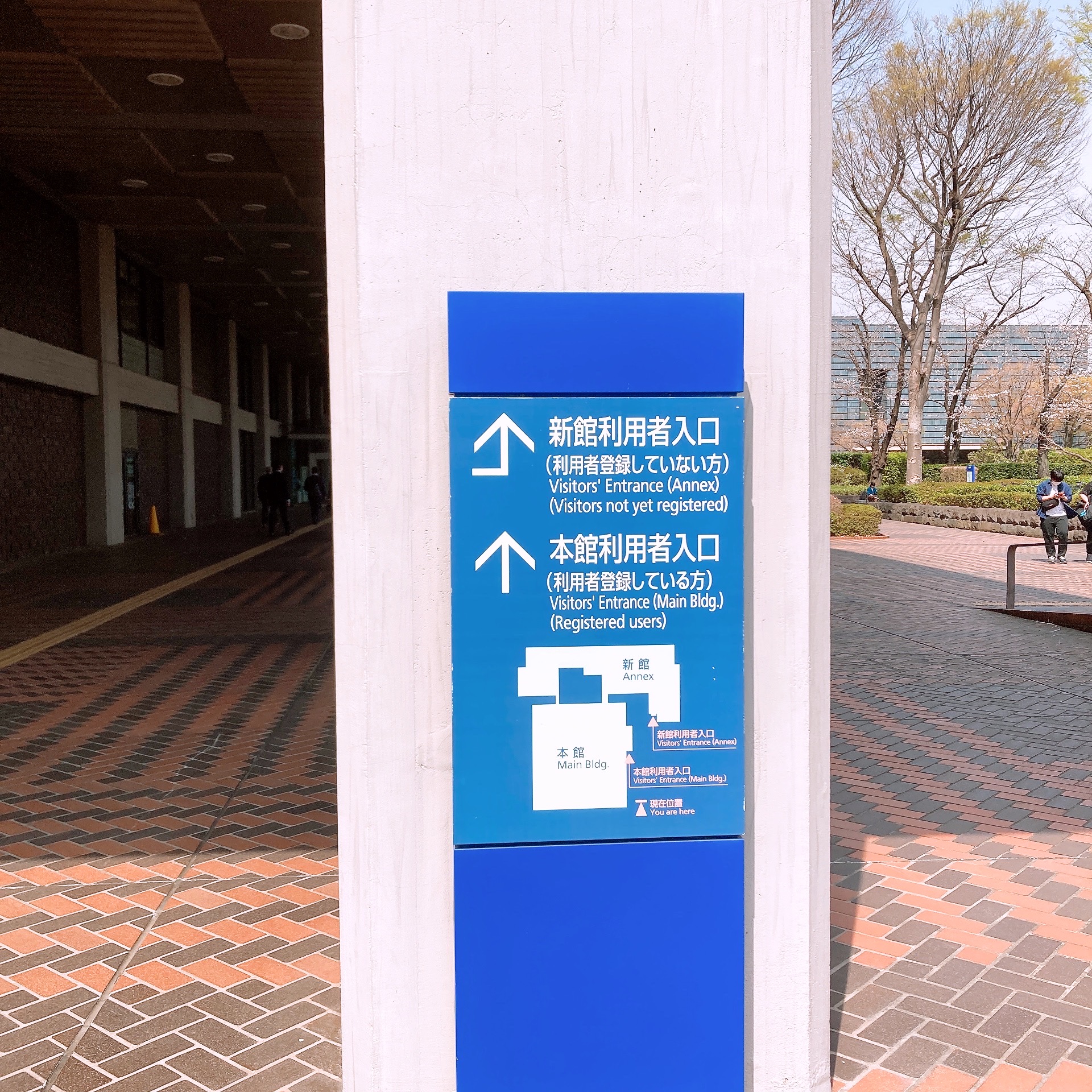
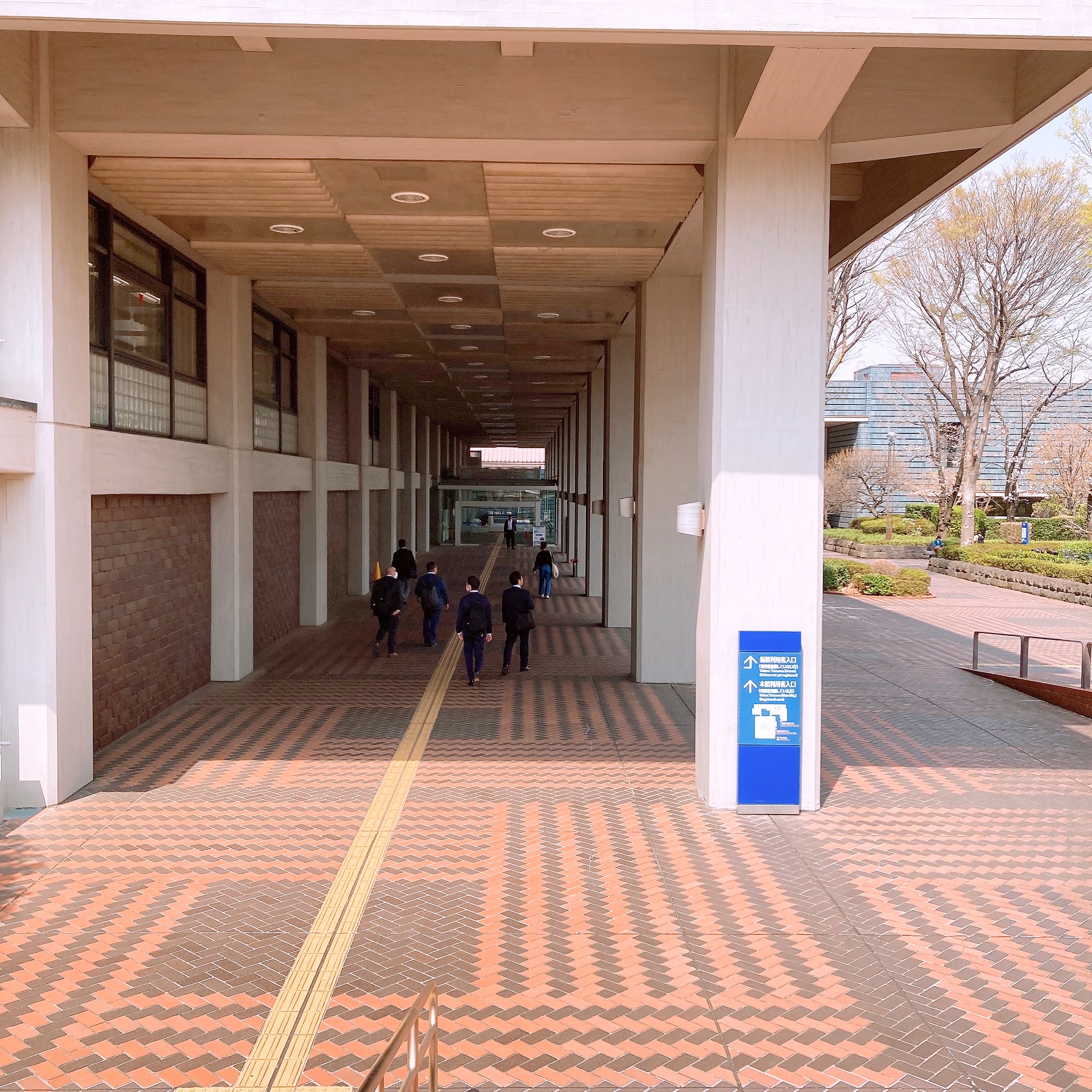
Not only is photography prohibited inside the library, but to prevent unauthorized items from being brought in or materials from being taken out, bags larger than B5 size are not allowed inside. Visitors must store their bags in coin lockers, and any items they wish to bring in—such as notebooks, smartphones, or writing utensils—must be transferred into a transparent plastic bag provided by the library. This made me feel a bit nervous.
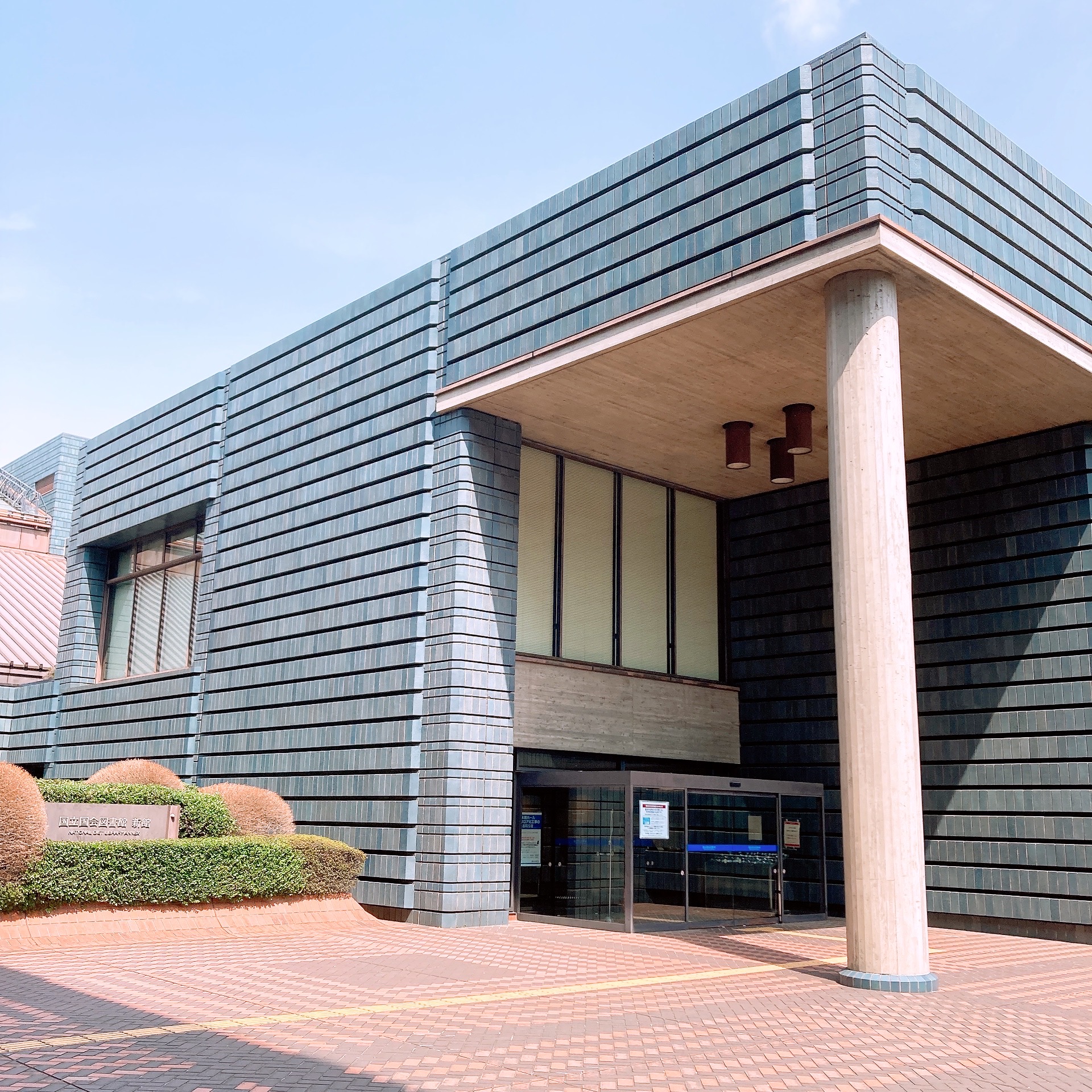
Most materials are not freely accessible, and instead, users must search for their desired documents using the library’s designated PCs and submit a request to view them. The material I was searching for was the stock price section of the Nikkei Shimbun (Nikkei Newspaper) from November 26, 2002. Let me explain why I was looking for this.

It was not for myself, but for my father. He wanted to know the stock price of Shinnikko Holdings (now ENEOS) on November 25, 2002. This was because he had received the stocks as a gift from my grandfather through a name transfer about 12 years ago, but he did not know how much my grandfather had originally paid for them. Due to corporate mergers, name changes, or perhaps the name transfer itself—he was unsure of the exact reason—he could not obtain this information even after inquiring with the securities company where the stocks had been purchased.
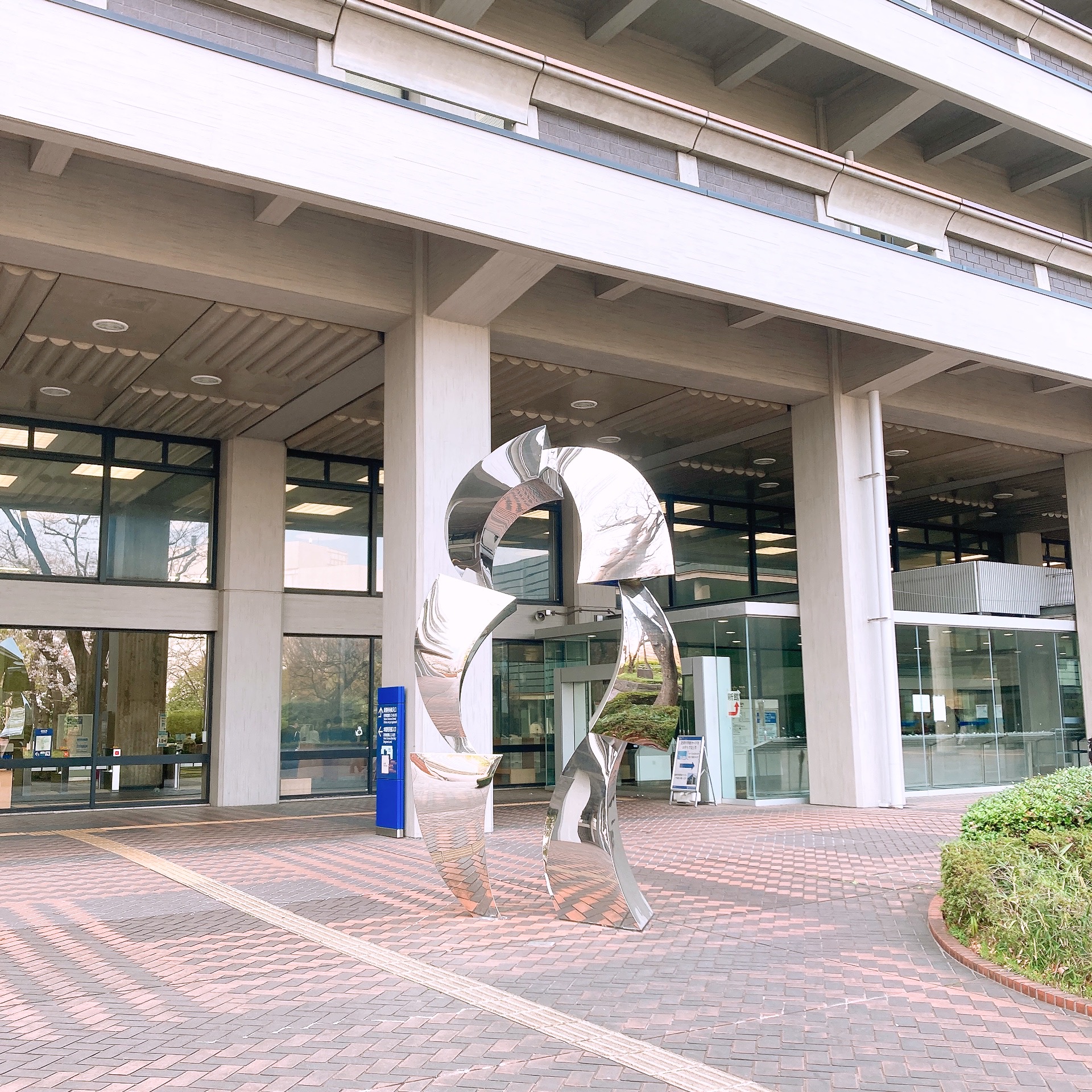
Under Japan’s tax system, when my father eventually sells these stocks, the capital gains must be calculated based on the purchase price at the time my grandfather originally bought them, not the value at the time of the gift. If the purchase price is unknown, tax law allows for the acquisition cost to be estimated as 5% of the sale price. However, this means that 95% of the sale price would be considered profit, significantly increasing the tax burden.
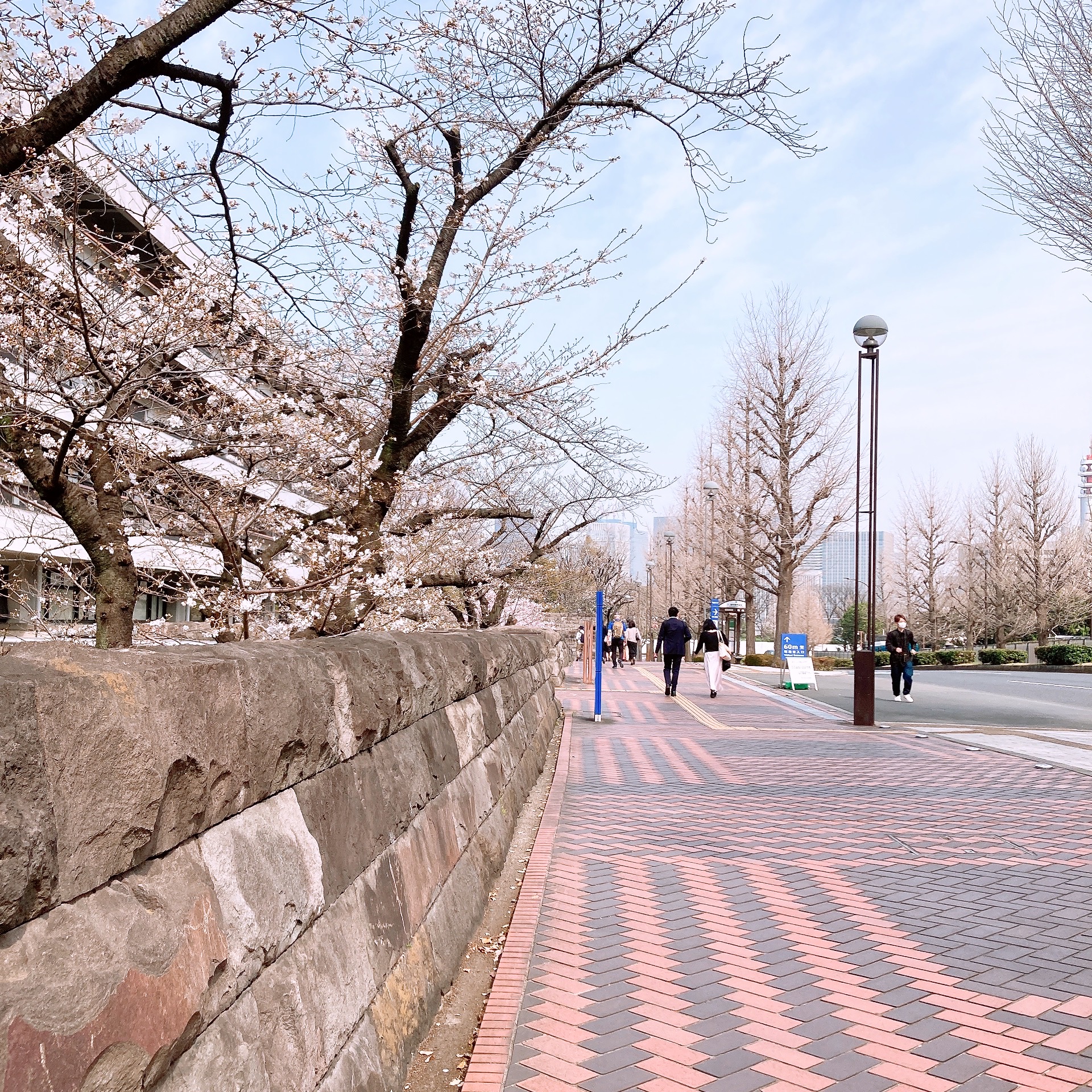
I had tried searching for the stock price online and even asked AI, but I could not find the information. However, AI did tell me that the information could be found in newspaper archives and that the National Diet Library in Nagatacho was likely to have even very old newspaper back issues. Fortunately, I live in Tokyo and can get there in a few hours to check it out.
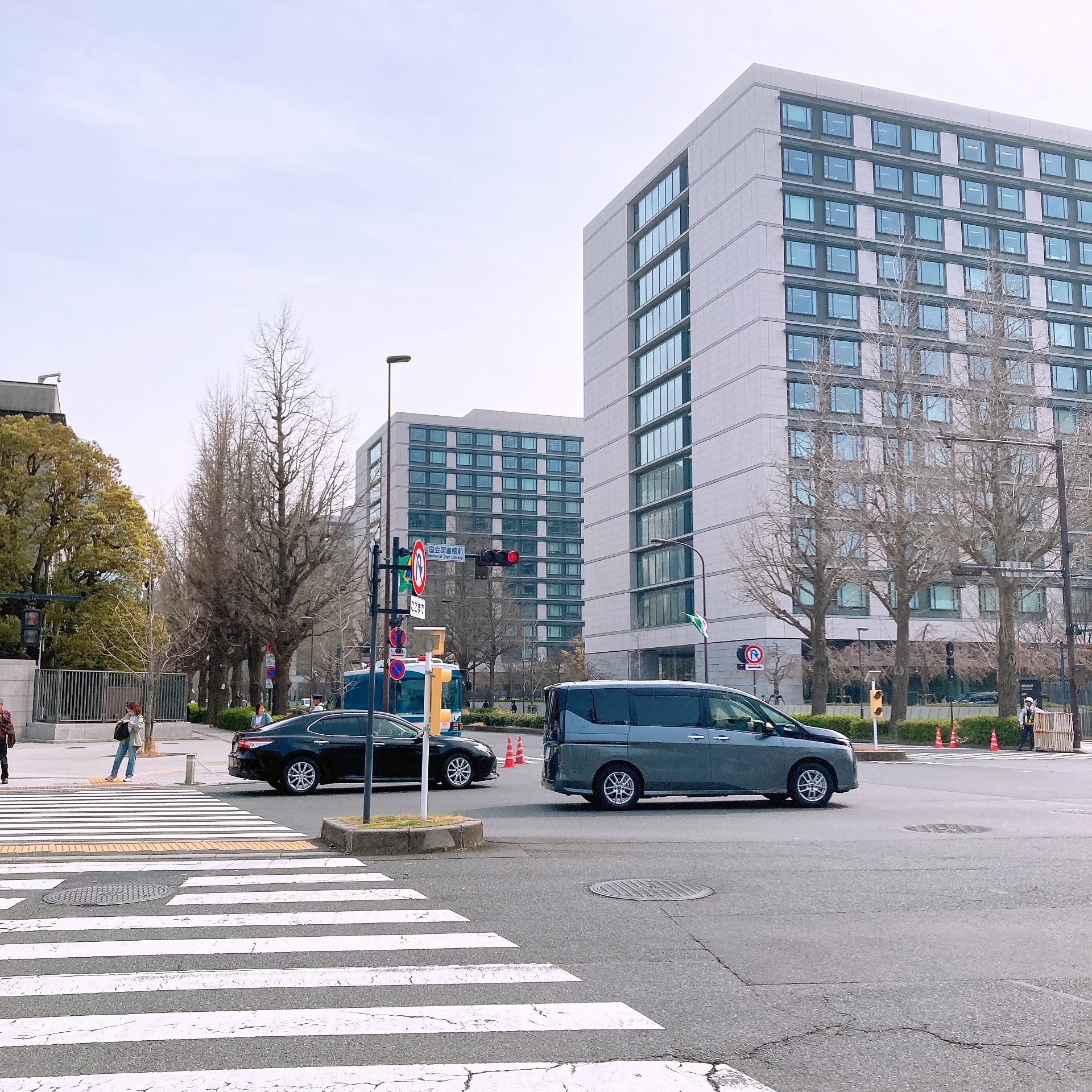
I searched for the relevant month’s Nikkei Shimbun on the library’s PC, applied to view it, and when I went to the counter to pick it up, I was handed a microfilm. The system required viewing the microfilm using a specialized device. It was my first time handling microfilm, but a staff member kindly explained how to use it.
The sense of accomplishment I felt when I found the correct date, the stock price section, and finally, the words "Shinnikko HD" was incredible! I had assumed we lived in an age where anything could be searched on the internet, yet here I was, obtaining the information I needed through such an analog method. It was a strange and fascinating experience.
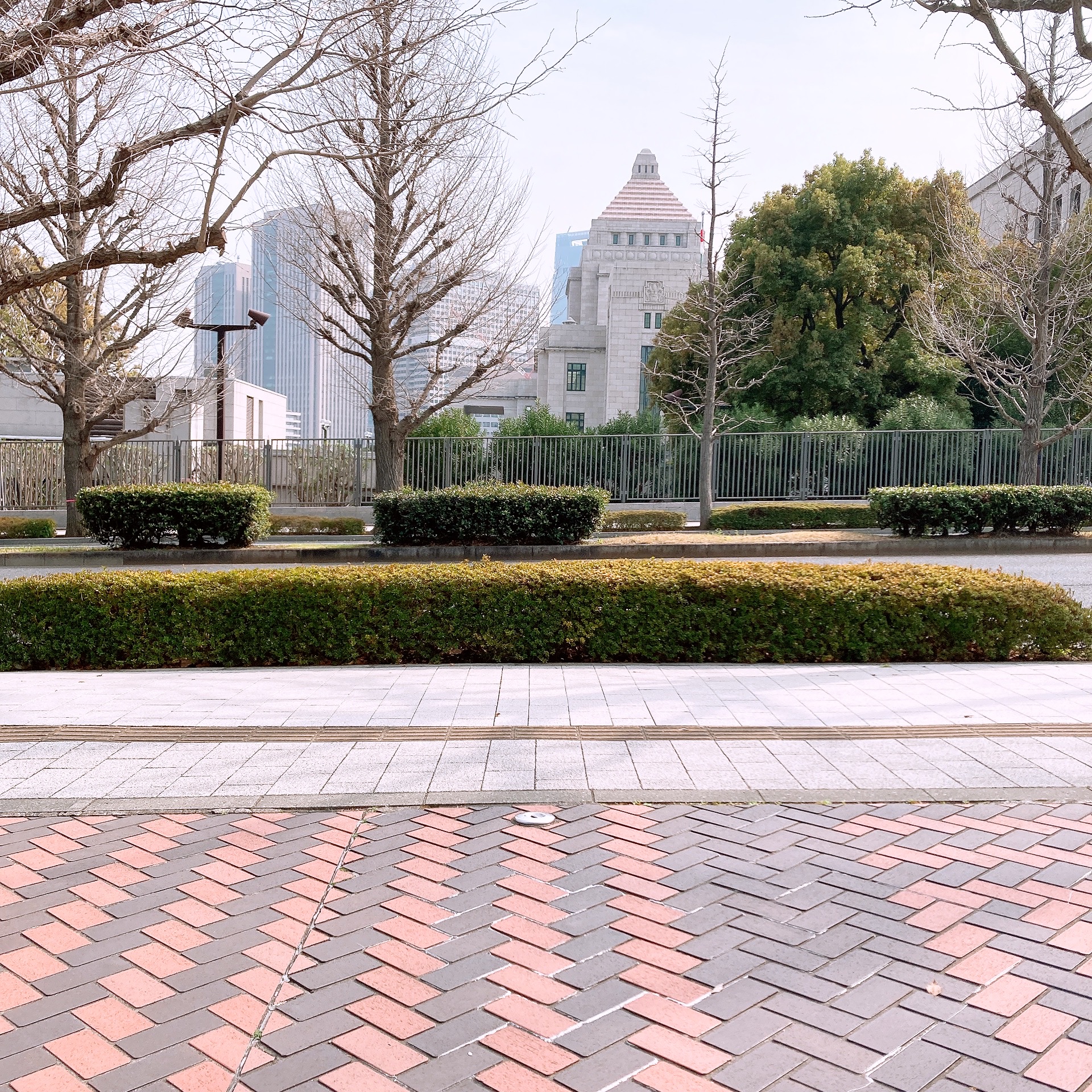
The stock prices from November 25 were published in the November 26 newspaper. I printed the stock price section for November 26, along with the surrounding dates just in case. Incidentally, even printing materials requires a separate application. The process involves submitting a request via the microfilm viewing machine, paying at the counter, and then receiving the printed copies.
Tomorrow, I am heading home to celebrate my father’s 77th birthday, and this will make a great gift for him. Personally, I also found it refreshing to realize that not all information can be accessed online and that the National Diet Library serves as an alternative research avenue. Although the stock price back then was quite low, it was still far better than having to calculate the acquisition cost as 5% of the sale price.
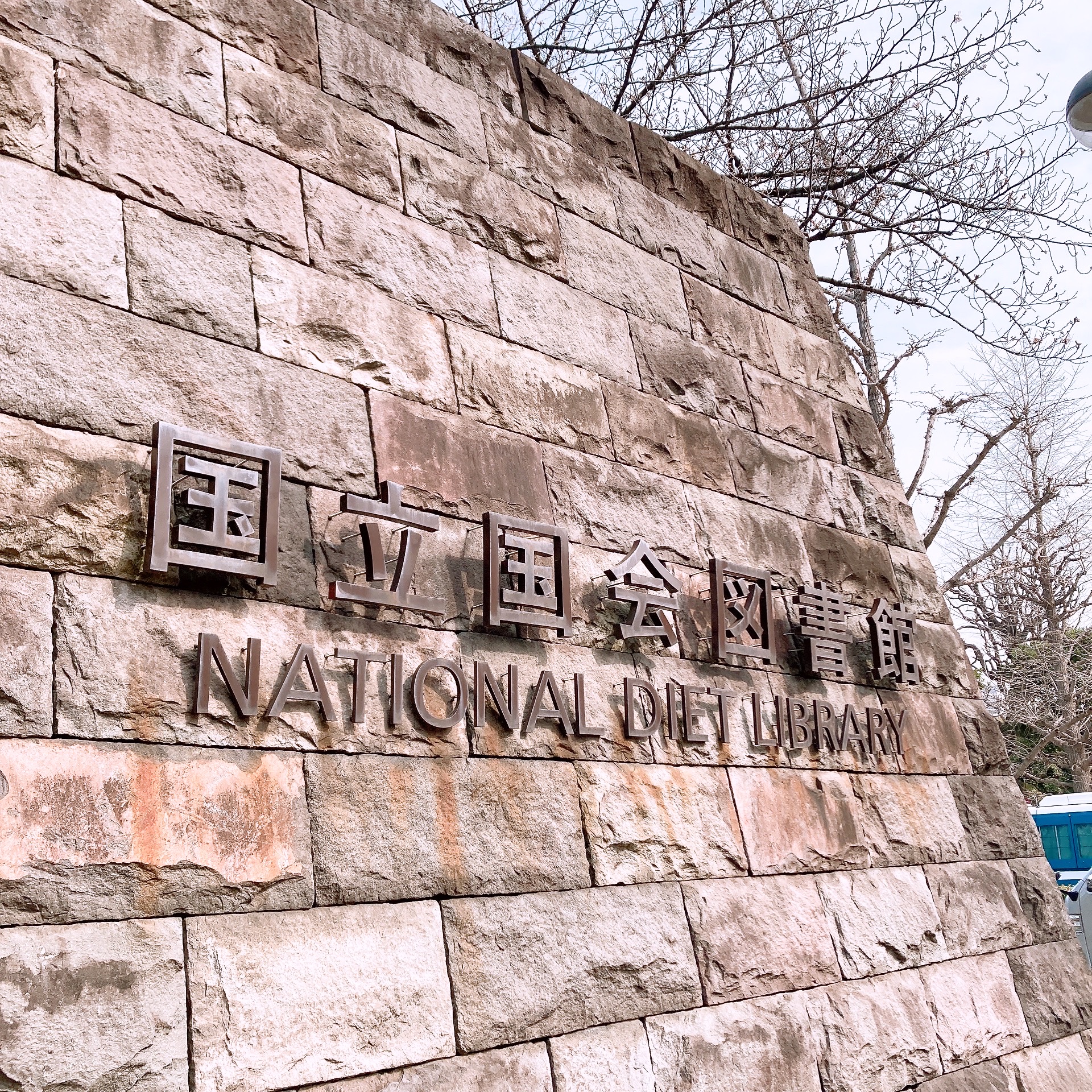
As I mentioned at the beginning, user registration is required to enter the library, but viewing materials is free (there is a fee for copying materials, depending on the paper size and quantity). If you ever find yourself in need of information, why not consider visiting the library?
【Japanese】
初めて国立国会図書館を訪れました。
国立国会図書館は国会に属する図書館で、”日本の国会議員の調査研究や日本国民のために奉仕する図書館”とされています。また納本制度に基づいて、日本国内で出版されたすべての出版物を収集・保存する日本唯一の図書館です。

私がここを訪れた目的は、インターネットでは見つけることができなかった過去の情報を探すためです。残念ながら館内は撮影禁止だったため、外観と周辺の写真、そして文字のみのポストになりますがご容赦ください🙏
図書館は東京メトロ千代田線「国会議事堂前」から徒歩10分ほどの場所にあります。改札を出て地上へあがると、高いビルが立ち並ぶ、いかにも東京の中心!といった風景が広がっていました。



図書館は交差点付近にあります。入り口付近の桜が早くも満開でした。



さて、入館だけなら誰でもできると思っていたのですが、現在は建物に入るだけでも利用者登録が必要になったようです。図書館は本館・新館があり、初めての利用者はまず新館で利用者登録をしなければなりません。私も本人確認書類(運転免許証)を提示して利用者登録をしました。申請書の記入から利用者カードの発行まで、20分ほどかかりました。


館内は撮影禁止なだけでなく、不審なモノの持ち込みや資料の持ち出しを防ぐため、B5サイズ以上のバッグ類は持ち込むことができません。バッグはコインロッカーに預け、館内に持ち込みたいもの…手帳、スマホ、筆記用具などは、貸し出される透明のビニールバッグに移し替えて持ち込むことになります。ちょっと緊張します😅

多くの資料は利用者の手の届く場所にはなく、目的の資料を館内の検索用PCで探して利用を申請する形式です。私が探し求めていたのは、2002年11月26日の日経新聞の株価欄でした。ここでなぜ、私がそんなものを探していたのかを少し説明させてください。

情報を必要としていたのは私自身ではなく、父でした。父は2002年11月25日の新日鉱ホールディングス(現エネオス)の株価を知りたがっていました。というのも、父は祖父がその日に買った株を12年ほど前に名義変更により譲り受けたのですが、祖父が株を一体幾らで購入したのか、その取得額が分からなかったからです。会社の経営統合や社名変更のせいなのか、名義変更のせいなのか、詳細は不明ですが、購入先の証券会社に問い合わせても価格分からなかったそうです(そんなことあるの?!と思いましたが、証券会社もお手上げとのこと😅)

将来的に父がその株を売却した際、日本の税制だと、父が贈与を受けた時の株価ではなく、祖父が株を購入した時の株価を基準に利益を計算しなければなりません。取得額がわからない場合には、売却額の5%を取得費として計算することができるのですが、そうなると売却額の95%が利益と見做されてしまい、税負担が重くなってしまいます。

インターネットで当時の株価を検索したり、AIに訊いてみたりしたものの情報は見つかりませんでした。ただ、AIはその情報は新聞のバックナンバーで探すことができること、永田町の国立国会図書館であれば、かなり古い新聞のバックナンバーでも保管されているはずである、ということを教えてくれました。幸い私は東京に住んでいて、数時間もあれば行って調べることができます。

PCで該当する月の日本経済新聞を探し、パソコンから利用申請。カウンターに取りに行くと手渡されたのはマイクロフィルムで、それを専用の機器に投影して閲覧する方式でした。マイクロフィルムを触るのは初めてでしたが、職員が親切に使い方を教えてくれました。
該当の日付、そして株価欄、さらに「新日鉱HD」の文字を見つけた時の達成感ときたら…!今やインターネットで何でも検索できる時代だと思っていたのにできなくて、逆にこんなアナログな手法で目的の情報にたどり着くなんて…と、何だかとても不思議な感覚に陥りました。

11月25日の株価(終値)は26日の新聞に載っています。26日と、念のためその前後の株価欄を印刷しました。ちなみに資料の印刷も申請が必要で、マイクロフィルム閲覧用の機器から申請し、カウンターで料金を支払ってコピーを受け取る方式です。
明日、父の喜寿祝いのため実家に帰るのですが、良い手土産になるでしょう。また私自身もインターネットで全ての情報に辿り着けるわけではないということ、また別のルートとして国立国会図書館という手段があることを知り、新鮮な体験ができたと思っています。当時の株価はかなり安かったものの、売却額の5%を取得費として計算するよりはだいぶマシな金額でした。

冒頭で書いた通り入館に利用者登録は必要ですが、資料の閲覧などは無料です(資料の複写は用紙サイズや部数により料金がかかります)。困った時には、ここを訪れてみてはいかがでしょうか?
Posted Using INLEO